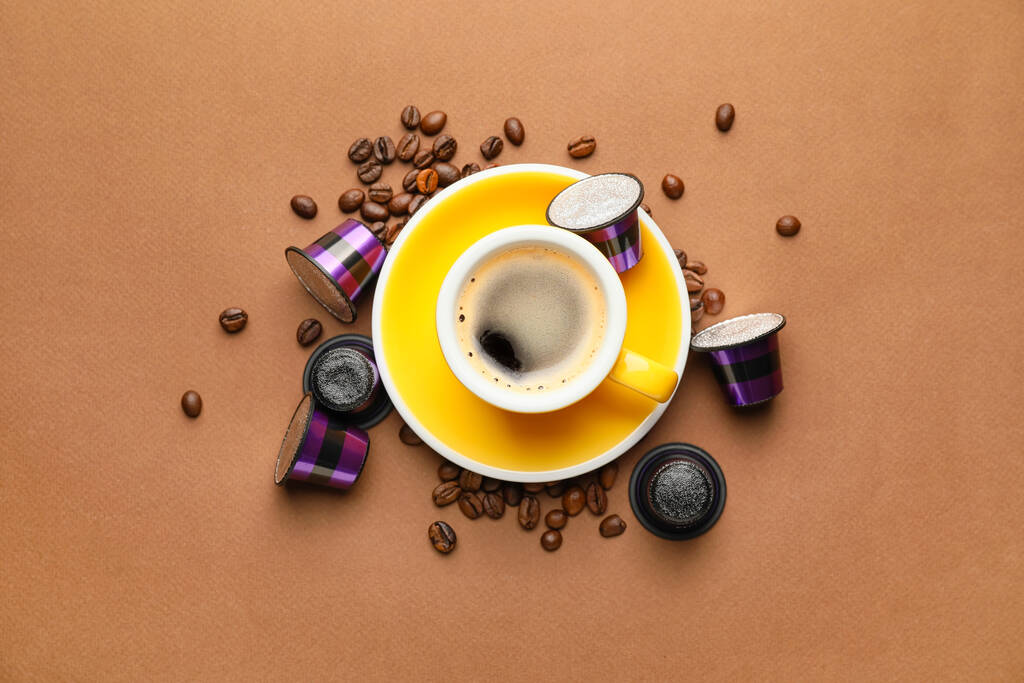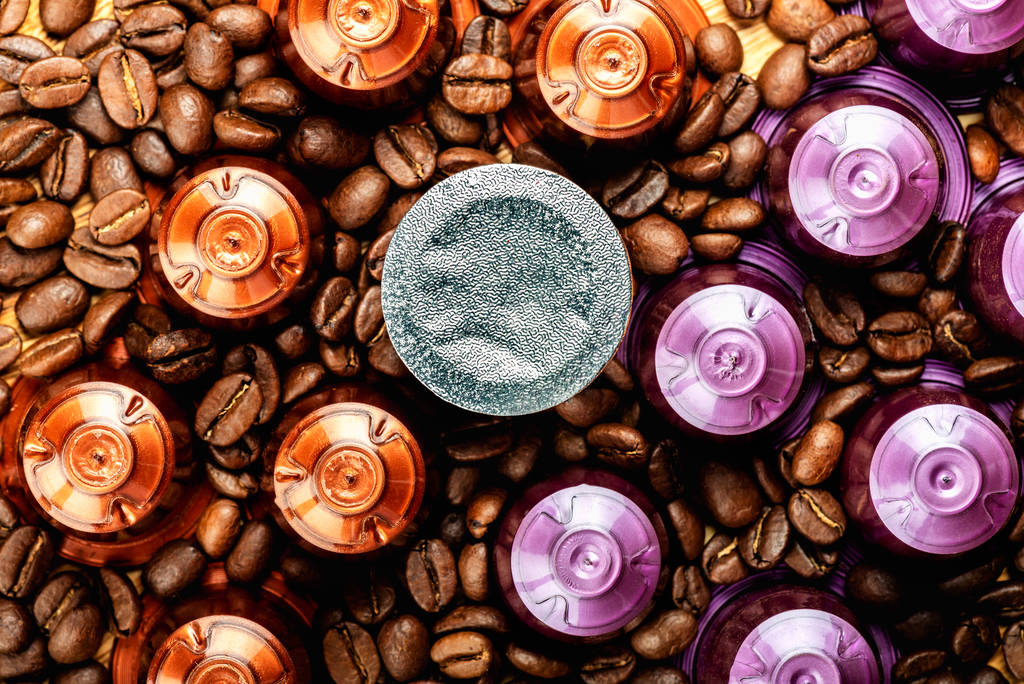For coffee connoisseurs, it has long been a deterrent not to brew coffee in powder form or freshly ground from the previously seen coffee beans. In recent years, however, two new options have become more and more established and many traditional coffee drinkers have been whet their appetites through quality, taste and the almost infinite number of different aromas. Nowadays, coffee is also prepared and consumed in pods or capsules. In terms of price, these relatively new forms of coffee enjoyment hardly differ, but what is the difference in the end and what are the similarities? As a coffee lover, how do you find out what the right way of brewing coffee is for someone personally?

Both forms of preparation have in common that you can use them to prepare your favorite hot drink extremely easily. For both forms, you need special coffee machines to process the capsules or pads. With both of them you can only prepare exactly one portion of coffee. So with both options there is the great advantage that you no longer prepare your morning coffee by the pot, but one portion after the other. You can even switch between the flavors while enjoying it. The only problem for people with ecological awareness is the significantly higher waste production, because more waste is produced for every new coffee.

The coffee pads consist of small filter bags and the capsules are even made of plastic, which according to the manufacturer should be extremely environmentally friendly. Even if the purchase of a corresponding machine is relatively cheap, the criticism is also directed towards the follow-up costs, because these are significantly higher than with normal coffee due to the high consumption of the individual portions. At the end of the day, this of course means a significantly higher profit per gram of coffee sold for the manufacturer. For the user only higher enjoyment and more comfort during and before the same. The biggest advantage of coffee capsules, according to the advocates of this format, is above all the increased freshness. The coffee is protected from air in the capsule and is actually only opened shortly before it is actually brewed. The aroma should therefore be maximum and is therefore perfect for coffee connoisseurs who like to consume their coffee fresh.




